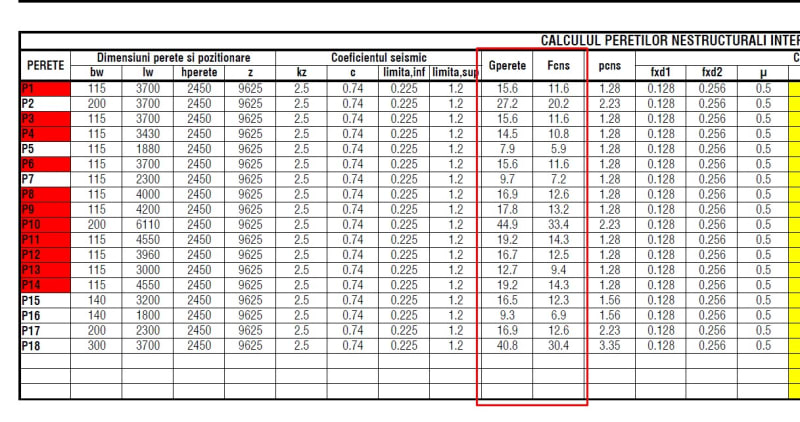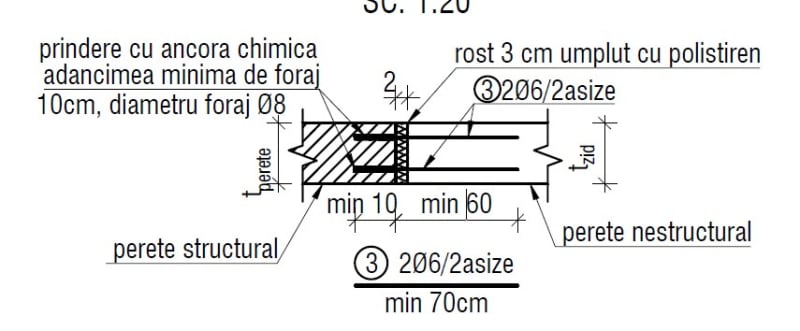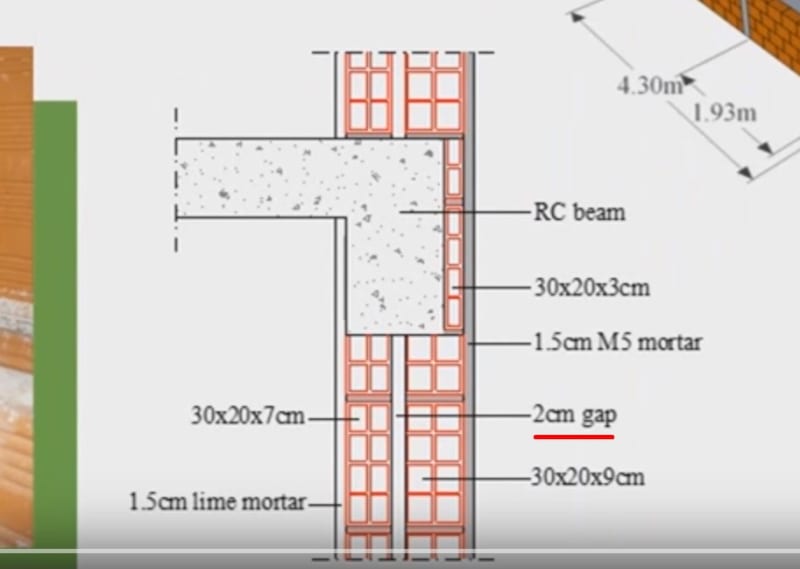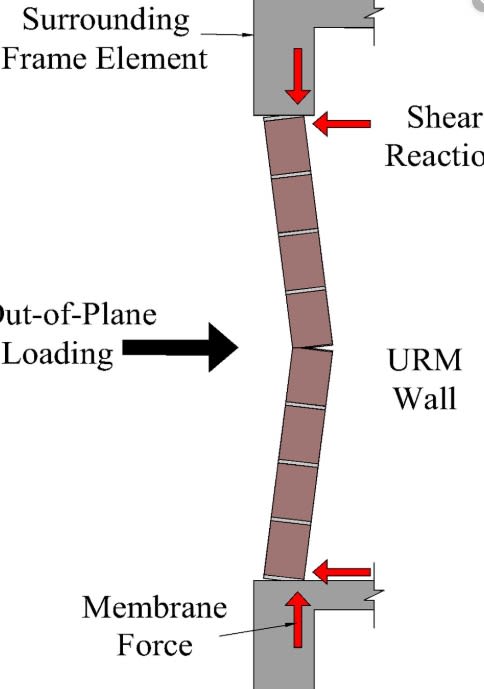I am living (and also designing) in a high seismic activity area and in all of our residential buildings these types of partition are used. Worst part of my job... I do hate them a lot but what can I do.. To get things even harder our loved architects now to make some super space economy's for the clients they use very thin and slender walls - 15cm thickness (even 11cm), 2.5-3.0m height and 4-6.0 long. SO you can imagine what happens on 10th story inside the apartments where this "membrane" walls are one a big earthquake shake...
Blackstar123 - I understand you perfectly - I searched on the internet and in books for 2-3 years to find something about this problem - with unfilled partition masonry walls - I didn't find anything good.. So this days I am thinking to do a different approach : search for big earthquakes and then search for damage reports and then see if I can draw some conclusions about the walls that felt/dmg .. geometry, position , why etc.. But this is only to get a big idea not to find a way to calculate them..
Blackstar123 said:
After reading some very good research works I’ve come to the conclusion that If you are in designing face, it is definitely better to isolate the infill wall from the frames.
Now the problem with the partition isolation from structure : at first it looks promising to split them and have a clean structure that behaves like you designed .. BUT (I know because I done it in design and in execution) there are some hidden problems : 1. stability (it's more unstable a wall that haves free ends then a one that doesnt - so if you are not careful you may end up with making the situation a lot worst..You would say that the reinforcement will be put on every row and connects the masonry to the RC column -... yes indeed but the masonry walls are built after the RC structure so to do that you need to put chemical anchors in the RC columns at every rows of the masonry walls .. on one hand its expensive and on the other it's a high probability that in the execution phase they will not do it - will just put the rebar without the chemical part. in my building code is mandatory to put this rebars but is one thing when the wall is in contact with the RC structure and this reinforcement act with dowel effect and is other thing when you have this rebar + 2 or 3cm gap.. no more dowel effect if you dont have that chemical anchor (the rebar will just bend).... so you may end up with a very dangerous walls ) 2. cracking - at low intensity earthquakes all of your soft joints will crack like hell - so every apartment will have a repairing job to do and you might be waking up with a lawsuit 3.soundproof.. But lets just ignore point 2.and 3. and lets say that you isolate ALL of the masonry from the RC structure and its done properly. That means that on every intersection with the RC structure will be a vertical gap and all of the walls are not connected on top with the slab. Now you have to take every wall and calculate it for a seismic perpendicular force (from its mass) and you will have the top edge free. From my calculations the seismic force increases with the height so on 3..4th story your walls will not hold for bending and you have to reinforce them with mesh's.. all of then.. again you end up with a strange situation, nobody does it... for a 10 story building from 4th story to start reinforce with mesh all of the partition walls will be something ...
Because I encounter this problem many many times I draw some conclusions :
- masonry partitions are not made for this (for >4th story buildings in a high seismic zone)
- you can reduce the risk a lot by not making RC frames but rather using RC walls - the rc walls are very stiff... I limit the SLS drift to 0.5% and for SLU max. of 1.5% then I reduce a lot the risk of masonry walls falling
- I dont let any partition walls that are longer then 3m to have a free edge - there I put a RC small column between the slabs
- I am very careful with the facade walls where the windows are - my seismic code mandates that if a hole if bigger then 1.5 m2 to put rc columns left and right
- I wrote on plans a minimum class of mortar and a good type of bricks
- Pray for the best... what can I do if nobody knows how to do it properly, and I asked a round a lot...
The list was for wall that are not infilled in RC frames.. For the ones that they are :
- I am looking not to have soft story's - very dangerous
- I am modeling with diagonal struts to check if they gave my global torsion - important for the R factor
- I check the compression strut (not all the time)
- If there are problems I am thinking of isolation solution




